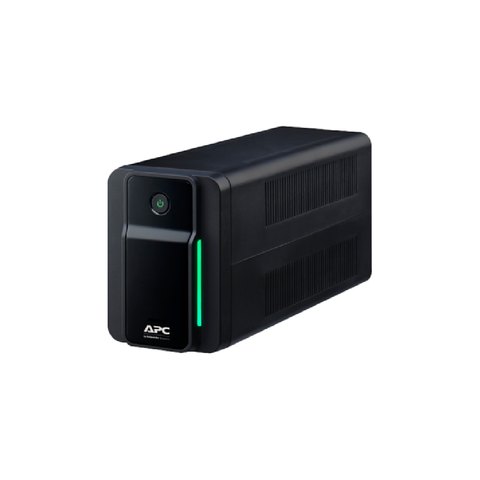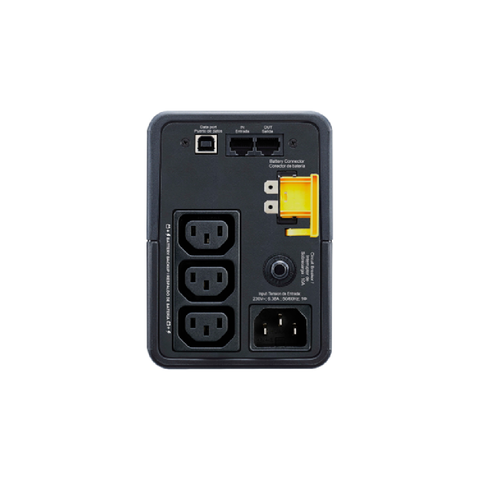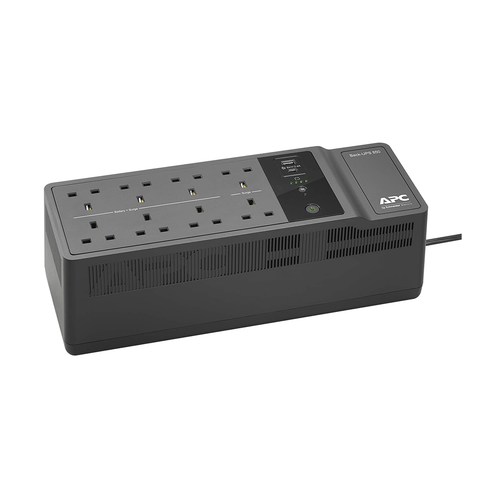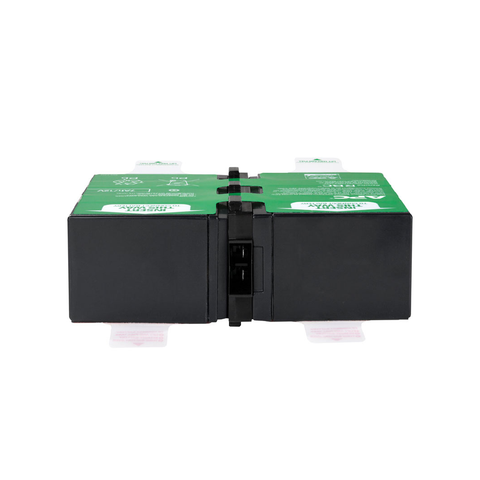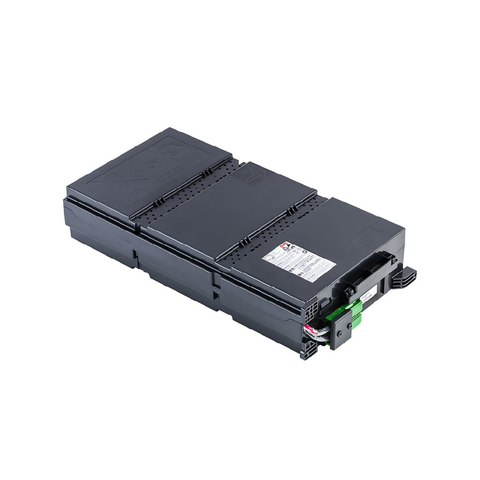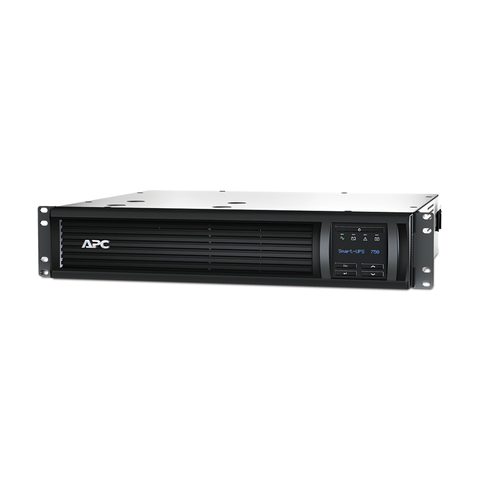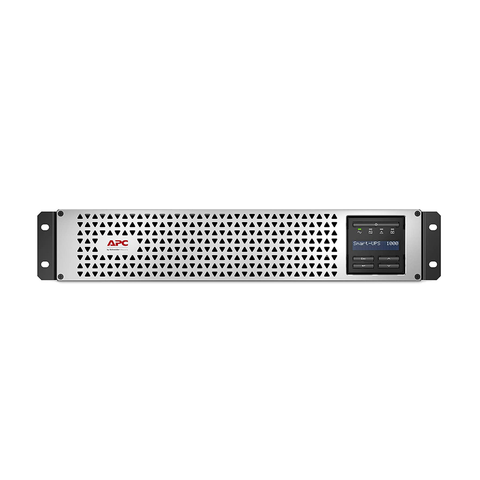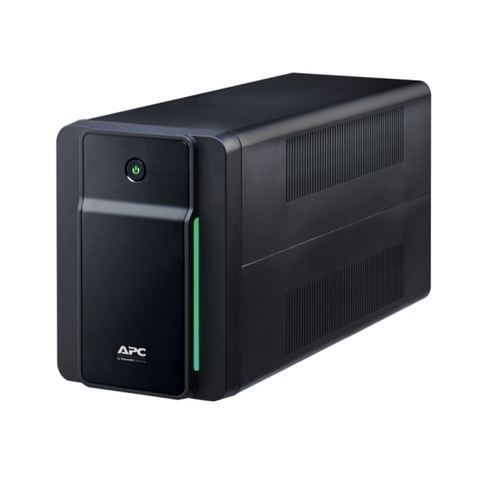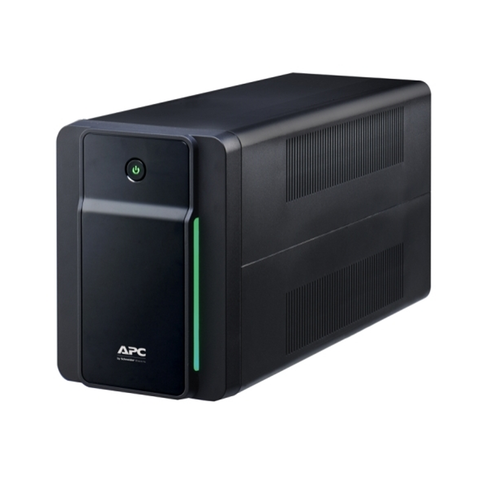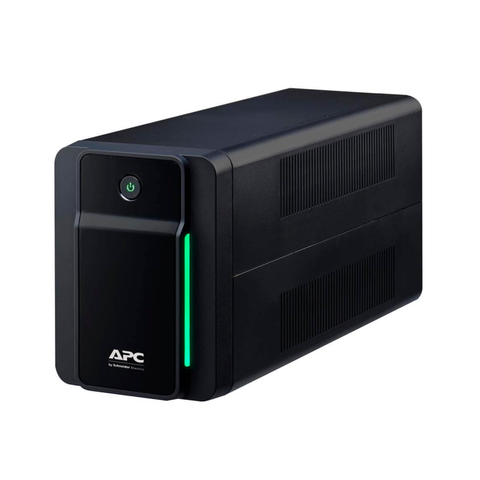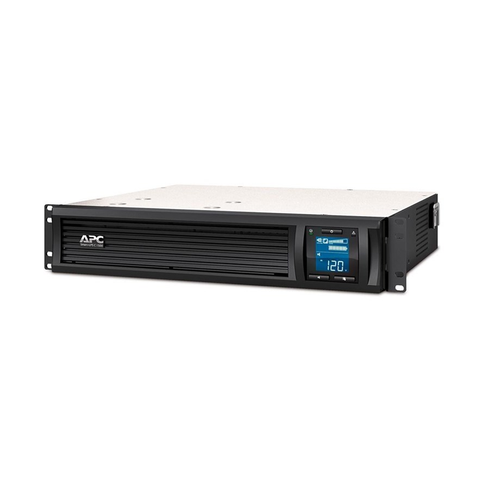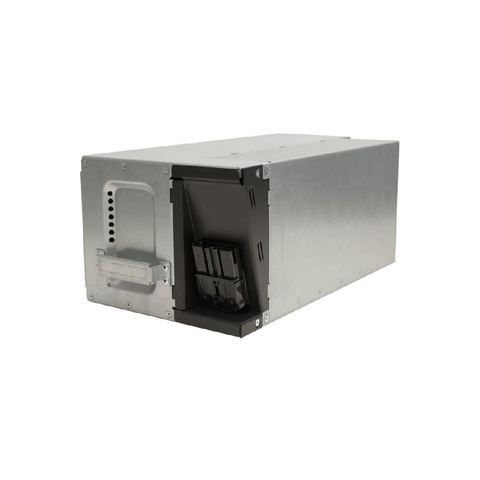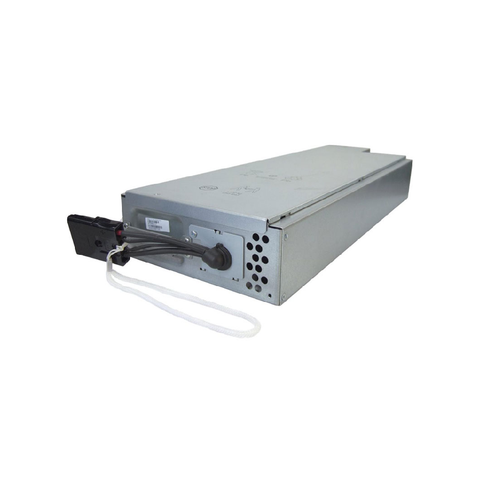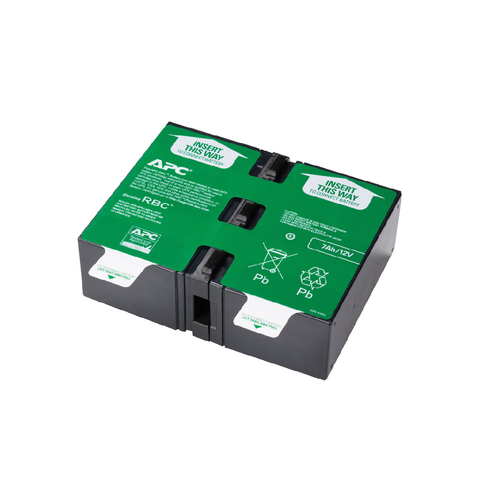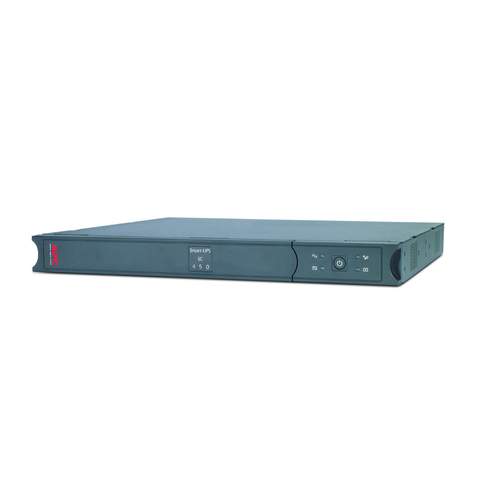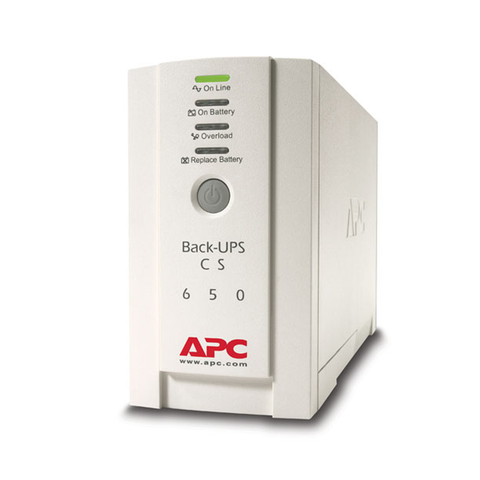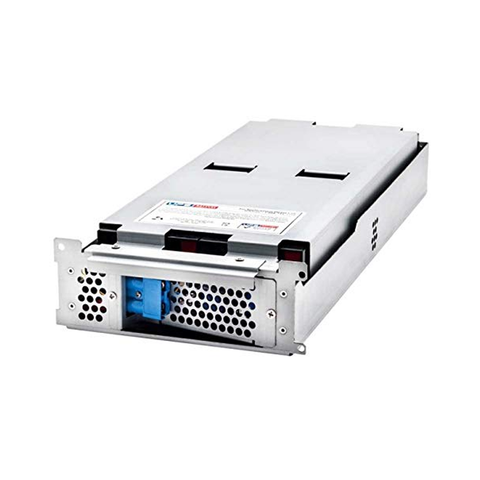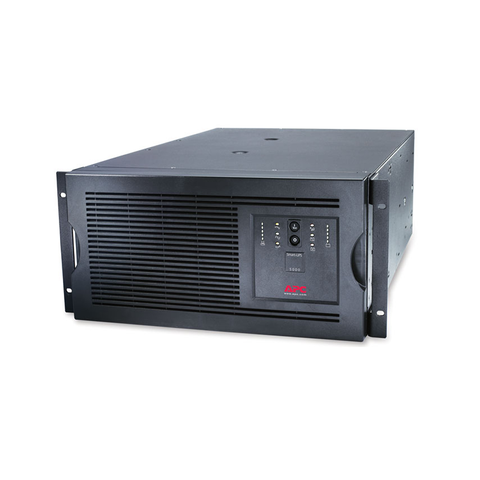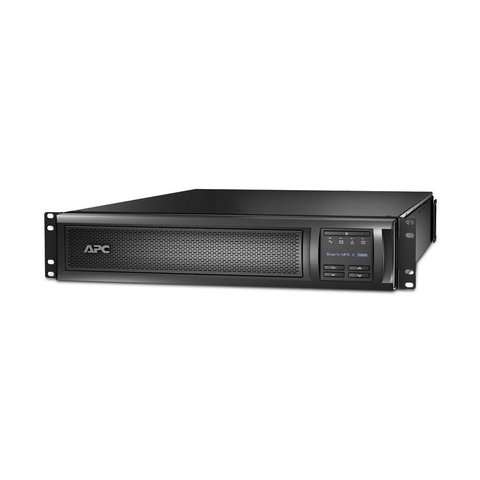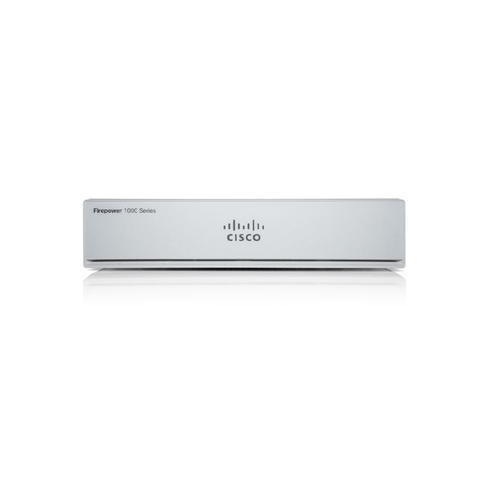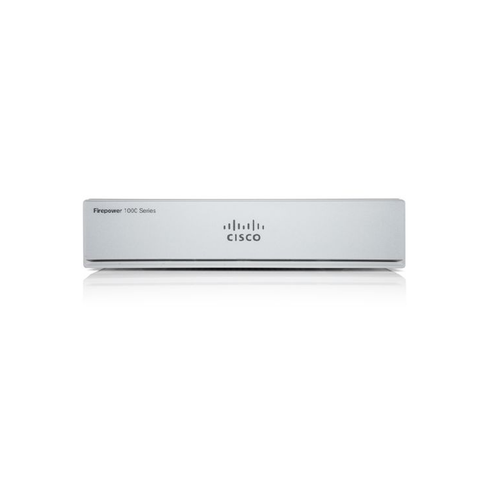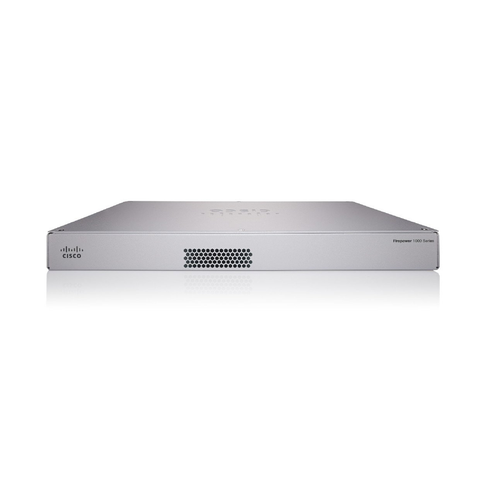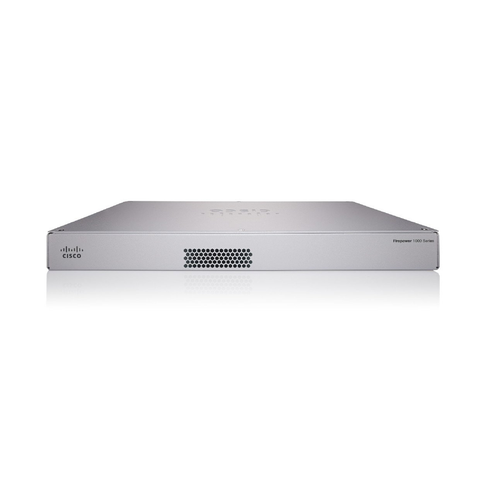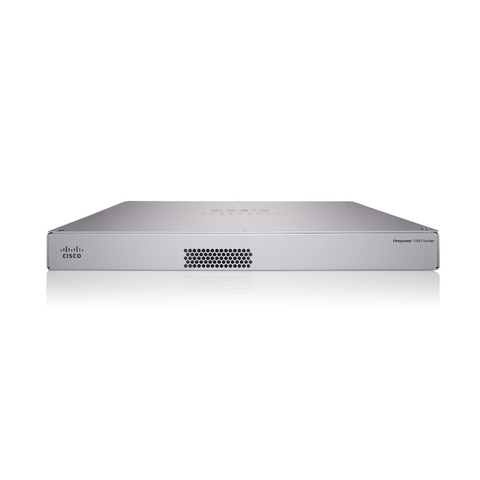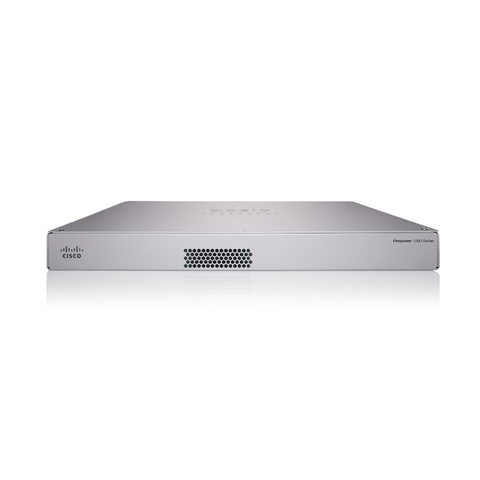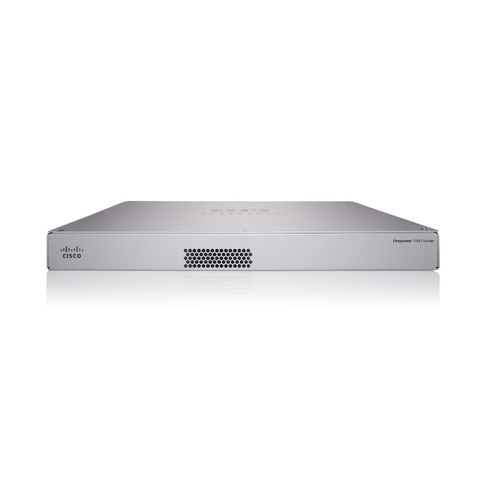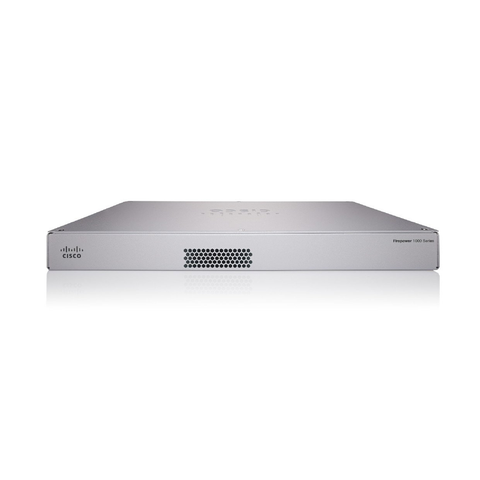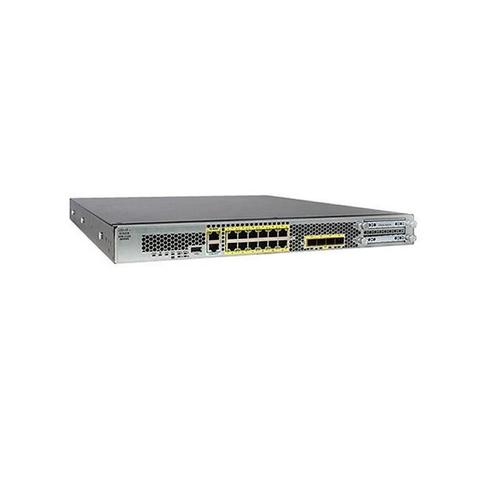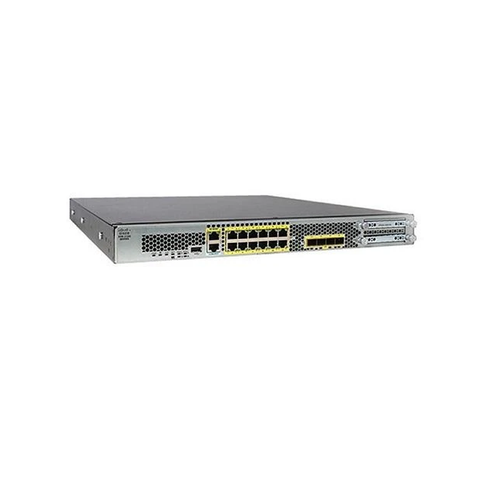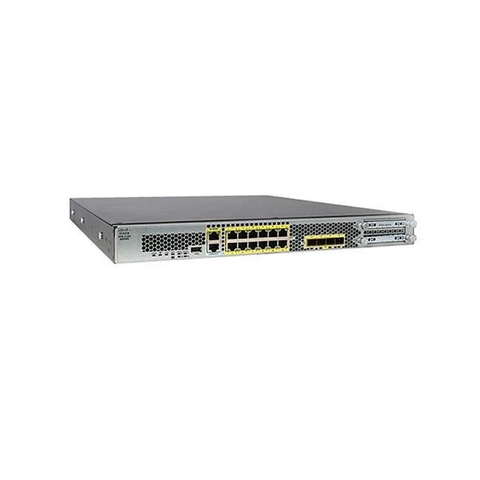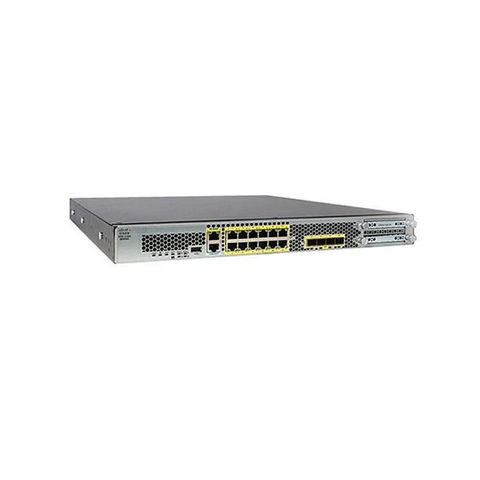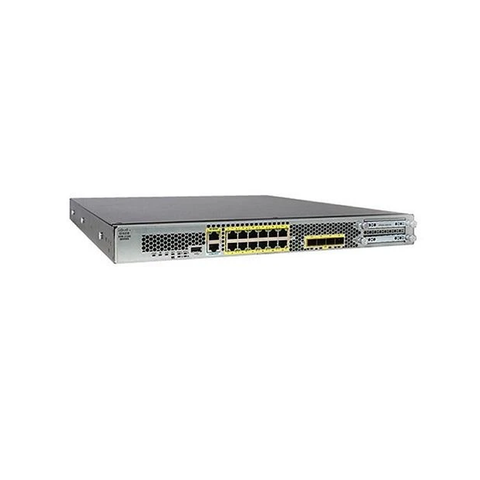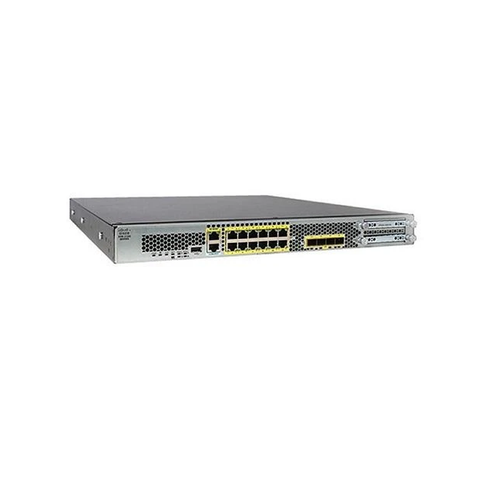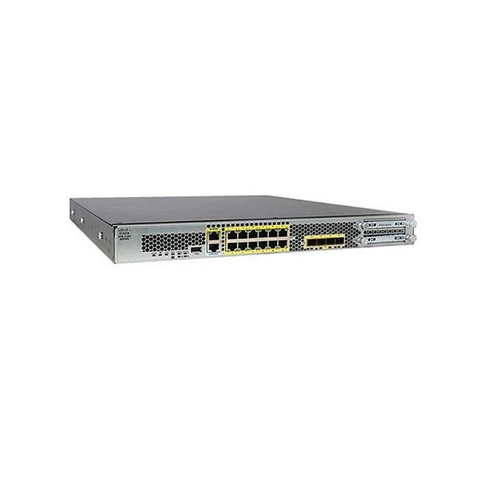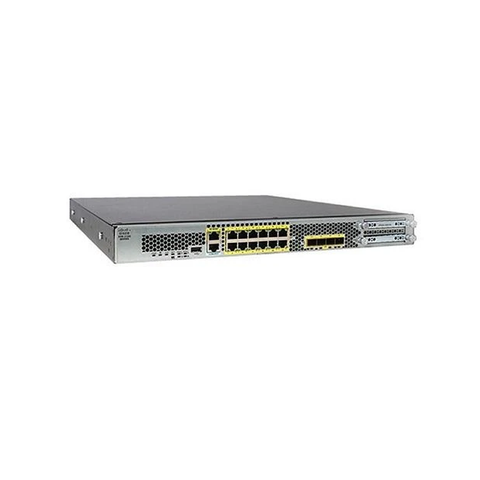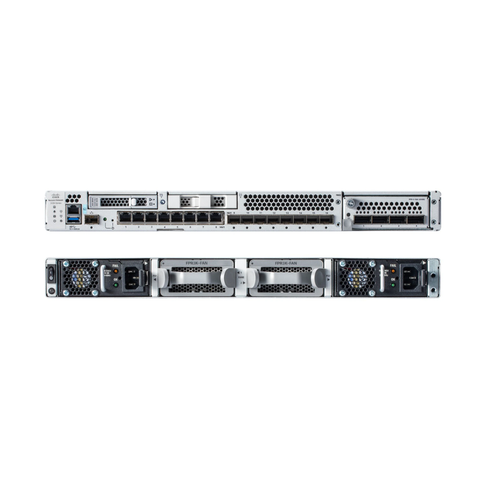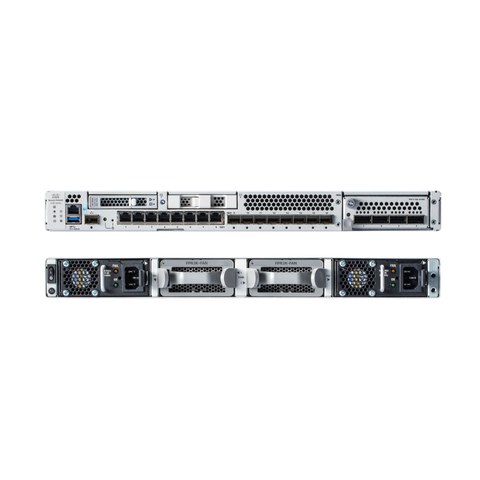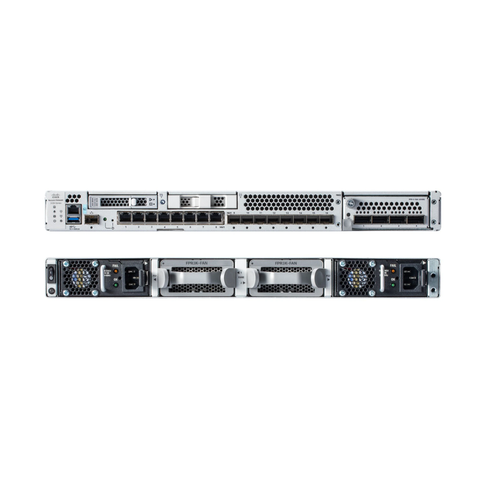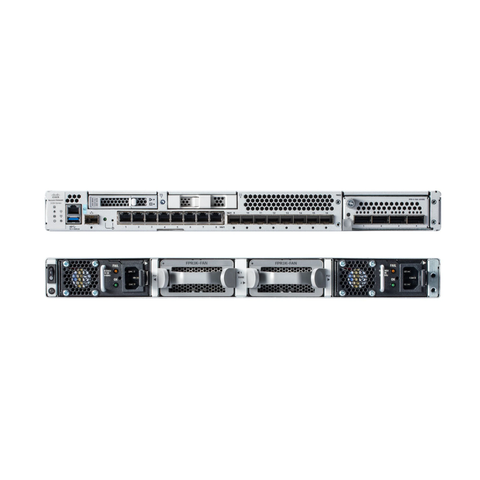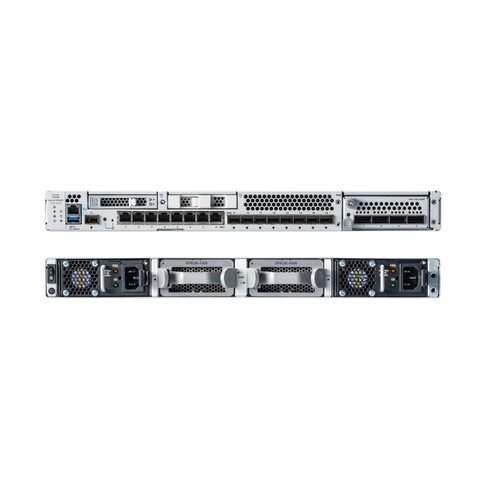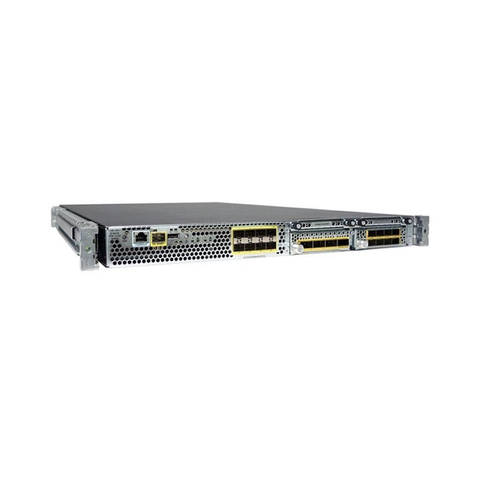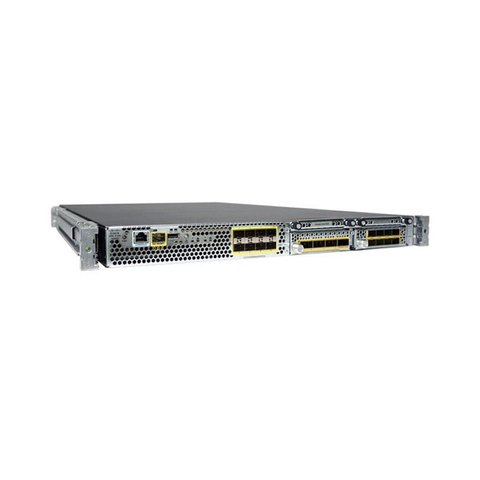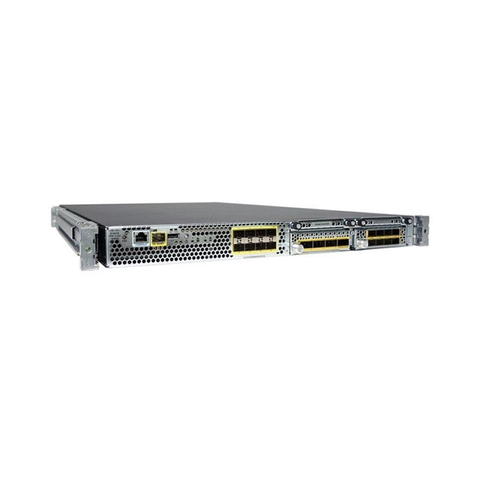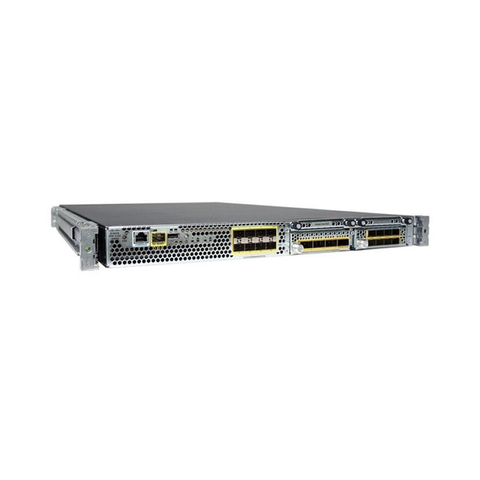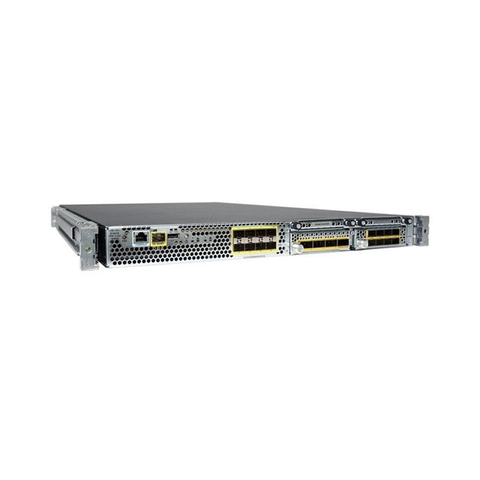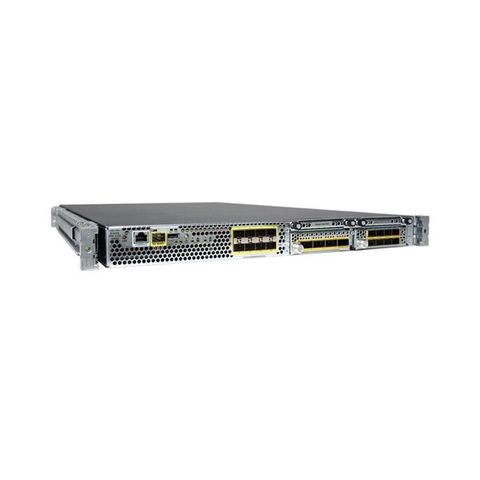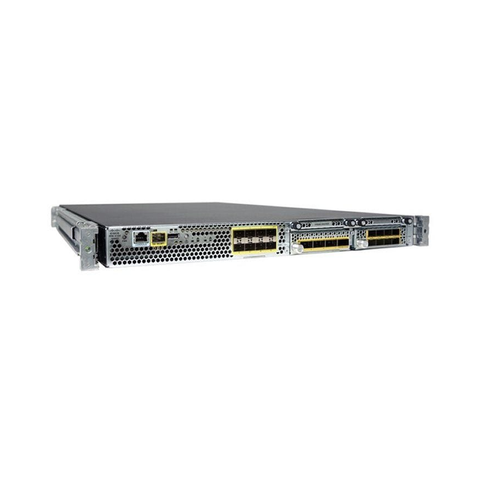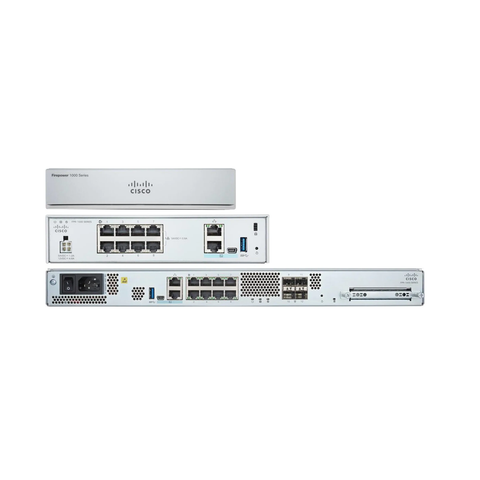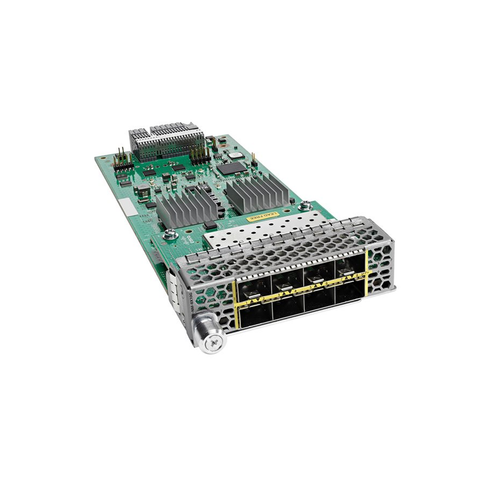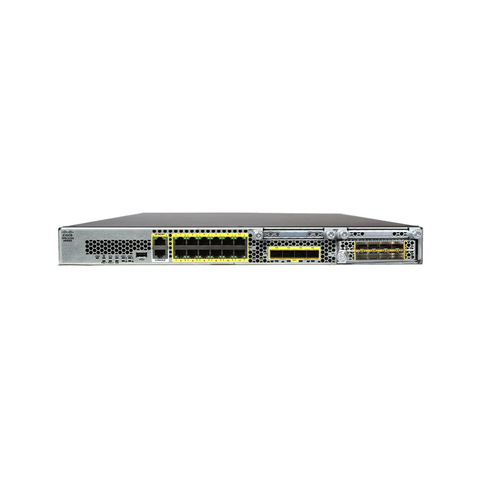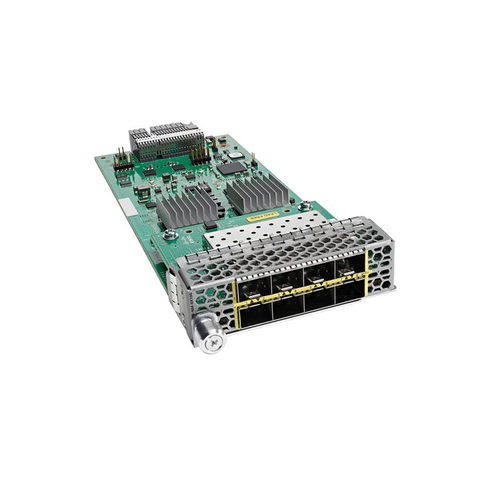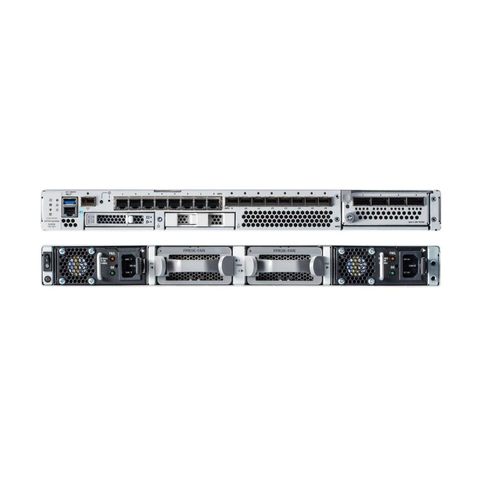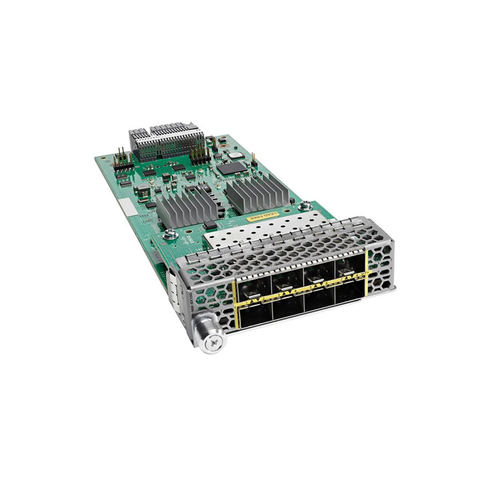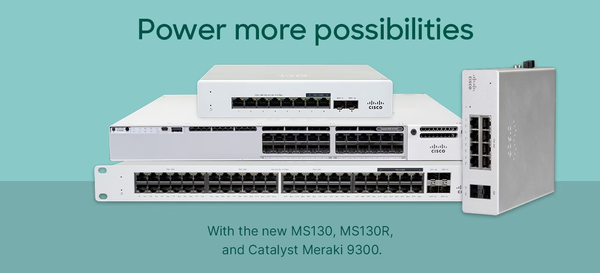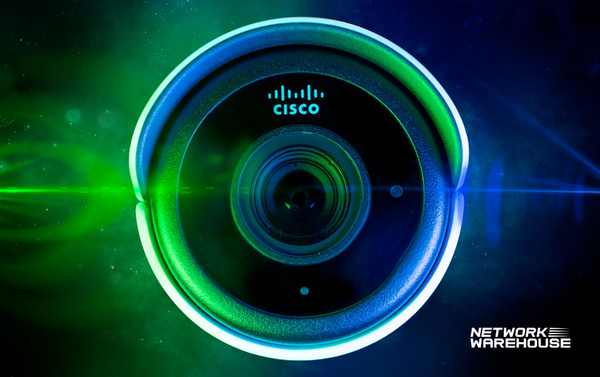all categories
- SHOP CISCO
-
SHOP CISCO NEXUS
-
Cisco Nexus 9200 Series
-
Cisco Nexus 9300-EX Series
-
Cisco Nexus 9300-FX Series
-
Cisco Nexus 9300-FX2 Series
-
Cisco Nexus 9300-FX3 Series
-
Cisco Nexus 9300-FX3S Series
-
Cisco Nexus 9300-FX3P Series
-
Cisco Nexus 9300 ACI Fixed Spline Series
-
Cisco Nexus 9300-GX Series
-
Cisco Nexus 9300-GX2 Series
-
Cisco Nexus 9400 Series
-
Cisco Nexus 9500 Series
-
Cisco Nexus 9800 Series
-
Cisco Nexus 9200 Series
- SHOP MERAKI
- SHOP ARUBA
- SHOP APC
-
SHOP JUNIPER MIST
- SHOP DRAYTEK
APC UPS DEALS!
Great Deal
Aten PDU's
your product's name
your product's name
your product's name
your product's name
your product's name
your product's name
your product's name
your product's name

Latest News
Meraki Introducing SFP Optic Health Monitoring with Digital Optical Monitoring (DOM)
Being able to monitor the health of your fiber optic transceivers in real ti...
Read moreMeet the new Cisco Catalyst 1200 and 1300 Series Switches for SMBs
In today’s hyperconnected world where seamless customer experience is the ke...
Read more40 years later, the UPS is more important than ever for certainty in a connected world
Himamshu Prasad, September 4, 2024 This year, we celebrate the #40YearsOn an...
Read moreGetting Started with Ubiquiti UniFi
The World of UniFi works in tandem to fulfill the essential needs of modern...
Read moreMIMO & Beamforming
MIMO, Spatial Multiplexing, MU-Mimo & Beamforming When I was writing my...
Read moreWhich UniFi Switch is Right for Me?
UniFi switches help you power, connect, and process traffic across all of yo...
Read moreDon’t forget the uninterruptible power supply in your cybersecurity plan
Cybersecurity breaches through unauthorized access to hardware happen more o...
Read moreWhich Ubiquiti UniFi Protect Camera is Right for Me?
There are many factors to consider when deciding which UniFi Protect cameras...
Read moreHow to get long term value from a modular single-phase UPS
Michael Mahan, July 20, 2024 When purchasing a single-phase uninterruptible ...
Read moreSimplify 5G Fixed Wireless Access and Scale Secure Connectivity to More Places
Pratik Desai, May 29 2024 Cisco introduces its first 5G Standalone (SA) fix...
Read moreCreating a Long-Term Strategy for Secure Remote Work
By Kamden Schewitz, Dec '23 Keep distributed teams connected and secur...
Read moreCisco Live 2023: Cross-Product Integration
By Zeus Kerravala, 2023 At Cisco’s global user event, Cisco Live, held recen...
Read morePower meets simplicity with the Meraki Catalyst 9300-M
By Minyi Pan, October 2023 In our recent blog announcing new Meraki cloud-ma...
Read moreOnboard your Cisco Catalyst Switches in the Meraki Dashboard today
By Alphonsine Anderson, 2023 Cisco Catalyst (IOS-XE) coming to the Meraki Clo...
Read morePowering New Customer Experience Possibilities
By Tony Carmichael, 2023 Check out the new Cisco Meraki MS130, MS130R, and Ca...
Read moreUnifying Security: Elevate Your Zero Trust Strategy with Cisco’s Duo and Cisco Secure Access
By Jeff Yeo, 2023 In the ever-changing landscape of cybersecurity, the concep...
Read moreWatchGuard Achieves the Highest Recognition
WatchGuard has been named Leader in the latest G2 Grid Report and honored wi...
Read moreIT Leaders Contend with Secure Multicloud Access – The 2023 Global Networking Trends Report
By Derek Mitsumori, 2023 What do you get when a massively distributed workfo...
Read moreCisco Catalyst Gains ‘Industry-Changing’ Simplicity With Meraki Cloud Management Option
The tech giant announces a breakthrough in network management at Cisco Live 2...
Read moreMeraki Go Router Firewall Plus Is The Smart And Easy Way To Secure A Network
If you run a business, you’ll know it’s vital to protect your network and its...
Read moreCisco collaborates with Mazak to innovate in sustainable manufacturing
Working together to build a bridge between productivity and sustainability. “...
Read moreSimplify Security with Managed Cloud Video Surveillance
Maximize business intelligence and adapt to the shifting tech landscape. Chal...
Read moreCisco helps Starbucks brew up efficiency through network automation
A full stack Meraki solution for premium customer experience. It was a relief...
Read moreSee beyond Believing with Smart Cameras
Leveraging video intelligence for agile factories As manufacturers large and ...
Read moreThe best cyber-defense? An analyst who understands offense
Lurene Grenier knows how to build a cyberweapon. Good thing she’s on Cisco’s ...
Read moreCisco Business Mobile app
The Cisco Business Mobile app lets you set up and control your Cisco Business...
Read moreCisco Business Wireless app
The Cisco Business Wireless Mobile app lets you set up and control your Cisco...
Read moreMapping the Way to a More Connected Community
Tech trends and solutions to help steer your journey Over the last decade, ...
Read moreNetworking Demystified: Why Wi-Fi 6E is Hot and Why You Should Care
Wi-Fi 6E is here and the worldwide Wi-Fi community is buzzing about it. But ...
Read moreTop Tech Trends Driving Retail Customer Experiences
Blend e-commerce convenience with in-store tactics for five-star experiences ...
Read moreAccelerating a revolution in autonomous travel
Powered by Cisco, Oxbotica’s AI platform is changing how the earth moves. Whe...
Read moreIntroducing a New Dashboard Landing Experience
Simple, not basic “Everything should be made as simple as possible, but not s...
Read moreTransform your network operations with the cloud-delivered power of Nexus Cloud
In this blog I will delve into details of the new Cisco Nexus Cloud, which g...
Read moreTransforming Hotel Operations with Smart Technology
Increased efficiencies ensure hotel facility managers rest easy at night Thin...
Read moreWiFi 6, for the next wave in ubiquitous connectivity
Cisco’s WiFi 6 solutions are supporting a secure, fast, low-latency future. I...
Read moreBuild Smarter Experiences with Cloud-Managed Networking
Cloud-managed networking has emerged as a critical solution for IT leaders w...
Read moreHyperconnectivity with steady performance in demanding environments
Hyperconnectivity with steady performance in demanding environments. Exponen...
Read moreGraduate to Elevated Campus Experiences
Five ways IoT technologies can modernise IT, facilities, and operationsAs un...
Read moreHow privacy became mission critical
“It’s a really exciting time to be in the privacy field,” said Harvey Jang, ...
Read moreHow to Amp Up Guest Experiences—and Profits
Hospitality industry uses tech infrastructure to boost loyalty, revenue, and ...
Read moreBreaking Up with Radio Waves: Why LiFi Is a Great Solution for Wireless Networks
Today, virtually all non-wired Internet connections – including cellular net...
Read moreCollaboration changing the Hybrid Workplace
In early 2020, Enterprises had to switch to remote work almost overnight. As...
Read moreModernising your Manufacturing with The UK's No.1 Cisco & Meraki Authorised Partner
Three Meraki solutions to future-proof your factory Prior to the pandemic, ma...
Read moreA Smart Camera to go the Distance
Details matter, especially when it comes to safety and security. Was that an...
Read moreAll the Details on Smart Workplace Technology
What you need to know and why you should careWhether you’re looking to scale...
Read moreThe Wait is Over for Secure Firewall 3100 Series
Always Give More If we learned one thing from our firewall customers over th...
Read moreCisco SD-Access in Healthcare-A Comprehensive Secure Access Solution for a Changing Industry
The healthcare industry is undergoing unprecedented change. The pandemic has...
Read moreMeeting Europe’s 2030 Digital Decade Targets
Cisco’s Vision for Powering the Internet of the Future The pandemic has high...
Read moreCisco Secure Endpoint goes Pro
Cyberattacks hit organizations every day. Attackers continue to develop new...
Read more6 Ways a Better Network Helps Offices Grow Stronger, Faster
The right network enables you to evolve and emerge from uncertainty stronge...
Read more
Jon Petanya
Network Administrator
Great customer service which means more to us than just the low prices.
Cisco Catalyst 9136 WiFi 6E Access Point, Internal Antenna | C9136I-ROW
£1,839.23 inc vat
C9136I-E
Contact Support
Key Features
- Wi-Fi 6E (802.11ax): The IEEE 802.11ax standard, also known as High-Efficiency Wireless (HEW) or Wi-Fi 6, builds on 802.11ac. It delivers a better experience in typical environments with more predictable performance for advanced applications such as 4K or 8K video; high-density, high-definition collaboration apps; all-wireless offices; and the Internet of Things (IoT). Wi-Fi 6E is Wi-Fi 6 “extended” into the 6-GHz frequency band.
- Environmental sensors: These built-in sensors measure air quality (Total Volatile Organic Compounds [TVOC]), temperature, and humidity, and help ensure a safe working environment, avoiding the need to install an overlay of difficult-to-manage independent sensors.
- Dual 5G Multigigabit Ethernet: Dual Multigigabit Ethernet provides power-redundant uplink ports, each with speeds up to 5 Gbps. All speeds are supported on Category 5e cabling, as well as 10GBASE-T (IEEE 802.3bz) cabling. Redundant powering provides hitless performance during failover.
- Smart AP: Smart AP causes the access point to change its power consumption to reflect its current client load. An access point will typically operate on the radios provided to it irrespective of how many clients are connected. With Smart AP, if there is a small enough number of clients, the access point will automatically reduce the radio stream count, saving power. (Available with a future software upgrade.)
- Band steering: Enhanced to help clients that are 6-GHz capable to leave the 5-GHz radio and connect to the 6-GHz one. Wi-Fi 6E clients are automatically directed to connect to the 6-GHz radio to take advantage of the benefits that that radio offers and free up the 2.4- and 5-GHz radios for legacy clients.
- Uplink/downlink OFDMA: Orthogonal Frequency-Division Multiple Access (OFDMA)-based scheduling splits the bandwidth into smaller frequency allocations called Resource Units (RUs), which can be assigned to individual clients in both the downlink and uplink directions to reduce overhead and latency.
- Uplink/downlink MU‑MIMO technology: Supporting the highest number with 16 spatial streams, Multiuser Multiple Input, Multiple Output (MU-MIMO) enables the access points to split spatial streams between client devices to maximize throughput.
- BSS coloring: Spatial reuse (also known as Basic Service Set [BSS] coloring) allows the access points and their clients to differentiate between BSSs, thus permitting more simultaneous transmissions.
- Target Wake Time: Target Wake Time (TWT) allows the client to stay asleep and to wake up only at prescheduled (target) times to exchange data with the access point. This offers significant energy savings for battery-operated devices, up to three to four times the savings achieved by 802.11n and 802.11ac.
- Intelligent Capture: Intelligent Capture probes the network and provides Cisco DNA Center with deep analysis. The software can track more than 240 anomalies and instantaneously review all packets on demand, emulating the onsite network administrator. Intelligent Capture allows for more informed decisions on your wireless networks.
- Application hosting: Application hosting helps simplify IoT deployments and ready them for the future by eliminating the need to install and manage overlay networks. Using the USB interface, containerized applications and hardware modules can be deployed to reduce cost and complexity. Adding Cisco DNA Center provides workflows and deployment-wide application lifecycle management.
- Bluetooth 5: The integrated Bluetooth Low Energy (BLE) 5 radio enables location-based use cases such as asset tracking, wayfinding, and analytics.
- Container support for applications: Container support enables edge computing capabilities for IoT applications on the host access point.
-
Flexible Radio Assignment (FRA) with quad-radio mode (with future software SW upgrade):
FRA allows the access points to intelligently determine the operating mode of serving radios based on the RF environment and traffic demands. The access points can operate in the following modes:
● Tri-radio mode: One 4x4 6-GHz radio, one 8x8 5-GHz radio, and one 4x4 2.4-GHz radio.● Quad-radio mode: One 4x4 6-GHz radio, Dual 4x4 5-GHz radios, and one 4x4 2.4-GHz radio. With four total 4x4 radios (quad-radio) inside the access point, client device capacity can be increased on demand.The access point’s default mode is tri-radio with 8x8 5-GHz and 4x4 for 6-GHz and 2.4-GHz. It has the ability to split the 8x8 radio into two separate 4x4 5-GHz radios through a future software upgrade, thereby enabling the benefits of FRA while allowing the 2.4- and 6-GHz radios to remain active.
Options
DNA Licences (Optional)
Downloads
Datasheet
About This Product
The Cisco Catalyst 9136 Series Access Points are the next generation of enterprise access points supporting the new 6-GHz band for Wi-Fi. They are resilient, secure, and intelligent.
The Wi-Fi 6E-compliant Catalyst 9136 Series takes advantage of the 6-GHz band expansion to produce a network that is more reliable and secure, with higher throughput, more capacity, and less device interference. The access points come with two 4x4 radios and one 8x8 radio and provide a host of features.
Wi-Fi 6E technology extends Wi-Fi 6 into the 6-GHz spectrum, bringing faster speeds and lower latency while also providing more security to the network. As apps become increasingly vital for getting work done, clients need unencumbered access to them. Wi-Fi 6E provides that direct access.
Wi-Fi 6E features:
- Network speed increases due to the new 6-GHz spectrum and additional bandwidth.
- A new standard of reliability and predictability of connection that is shortening the gap between wireless and wired connections. Wi-Fi 6E devices won’t have to share the same spectrum with any devices that are not Wi-Fi 6E compliant and will have an additional 1.2 GHz of no-interference spectrum to themselves.
- Greater network security than ever before, due to mandatory WPA3 security.
Key Features
- Wi-Fi 6E (802.11ax): The IEEE 802.11ax standard, also known as High-Efficiency Wireless (HEW) or Wi-Fi 6, builds on 802.11ac. It delivers a better experience in typical environments with more predictable performance for advanced applications such as 4K or 8K video; high-density, high-definition collaboration apps; all-wireless offices; and the Internet of Things (IoT). Wi-Fi 6E is Wi-Fi 6 “extended” into the 6-GHz frequency band.
- Environmental sensors: These built-in sensors measure air quality (Total Volatile Organic Compounds [TVOC]), temperature, and humidity, and help ensure a safe working environment, avoiding the need to install an overlay of difficult-to-manage independent sensors.
- Dual 5G Multigigabit Ethernet: Dual Multigigabit Ethernet provides power-redundant uplink ports, each with speeds up to 5 Gbps. All speeds are supported on Category 5e cabling, as well as 10GBASE-T (IEEE 802.3bz) cabling. Redundant powering provides hitless performance during failover.
- Smart AP: Smart AP causes the access point to change its power consumption to reflect its current client load. An access point will typically operate on the radios provided to it irrespective of how many clients are connected. With Smart AP, if there is a small enough number of clients, the access point will automatically reduce the radio stream count, saving power. (Available with a future software upgrade.)
- Band steering: Enhanced to help clients that are 6-GHz capable to leave the 5-GHz radio and connect to the 6-GHz one. Wi-Fi 6E clients are automatically directed to connect to the 6-GHz radio to take advantage of the benefits that that radio offers and free up the 2.4- and 5-GHz radios for legacy clients.
- Uplink/downlink OFDMA: Orthogonal Frequency-Division Multiple Access (OFDMA)-based scheduling splits the bandwidth into smaller frequency allocations called Resource Units (RUs), which can be assigned to individual clients in both the downlink and uplink directions to reduce overhead and latency.
- Uplink/downlink MU‑MIMO technology: Supporting the highest number with 16 spatial streams, Multiuser Multiple Input, Multiple Output (MU-MIMO) enables the access points to split spatial streams between client devices to maximize throughput.
- BSS coloring: Spatial reuse (also known as Basic Service Set [BSS] coloring) allows the access points and their clients to differentiate between BSSs, thus permitting more simultaneous transmissions.
- Target Wake Time: Target Wake Time (TWT) allows the client to stay asleep and to wake up only at prescheduled (target) times to exchange data with the access point. This offers significant energy savings for battery-operated devices, up to three to four times the savings achieved by 802.11n and 802.11ac.
- Intelligent Capture: Intelligent Capture probes the network and provides Cisco DNA Center with deep analysis. The software can track more than 240 anomalies and instantaneously review all packets on demand, emulating the onsite network administrator. Intelligent Capture allows for more informed decisions on your wireless networks.
- Application hosting: Application hosting helps simplify IoT deployments and ready them for the future by eliminating the need to install and manage overlay networks. Using the USB interface, containerized applications and hardware modules can be deployed to reduce cost and complexity. Adding Cisco DNA Center provides workflows and deployment-wide application lifecycle management.
- Bluetooth 5: The integrated Bluetooth Low Energy (BLE) 5 radio enables location-based use cases such as asset tracking, wayfinding, and analytics.
- Container support for applications: Container support enables edge computing capabilities for IoT applications on the host access point.
-
Flexible Radio Assignment (FRA) with quad-radio mode (with future software SW upgrade):
FRA allows the access points to intelligently determine the operating mode of serving radios based on the RF environment and traffic demands. The access points can operate in the following modes:
● Tri-radio mode: One 4x4 6-GHz radio, one 8x8 5-GHz radio, and one 4x4 2.4-GHz radio.● Quad-radio mode: One 4x4 6-GHz radio, Dual 4x4 5-GHz radios, and one 4x4 2.4-GHz radio. With four total 4x4 radios (quad-radio) inside the access point, client device capacity can be increased on demand.The access point’s default mode is tri-radio with 8x8 5-GHz and 4x4 for 6-GHz and 2.4-GHz. It has the ability to split the 8x8 radio into two separate 4x4 5-GHz radios through a future software upgrade, thereby enabling the benefits of FRA while allowing the 2.4- and 6-GHz radios to remain active.
Options
DNA Licences (Optional)
Downloads
Datasheet
About This Product
The Cisco Catalyst 9136 Series Access Points are the next generation of enterprise access points supporting the new 6-GHz band for Wi-Fi. They are resilient, secure, and intelligent.
The Wi-Fi 6E-compliant Catalyst 9136 Series takes advantage of the 6-GHz band expansion to produce a network that is more reliable and secure, with higher throughput, more capacity, and less device interference. The access points come with two 4x4 radios and one 8x8 radio and provide a host of features.
Wi-Fi 6E technology extends Wi-Fi 6 into the 6-GHz spectrum, bringing faster speeds and lower latency while also providing more security to the network. As apps become increasingly vital for getting work done, clients need unencumbered access to them. Wi-Fi 6E provides that direct access.
Wi-Fi 6E features:
- Network speed increases due to the new 6-GHz spectrum and additional bandwidth.
- A new standard of reliability and predictability of connection that is shortening the gap between wireless and wired connections. Wi-Fi 6E devices won’t have to share the same spectrum with any devices that are not Wi-Fi 6E compliant and will have an additional 1.2 GHz of no-interference spectrum to themselves.
- Greater network security than ever before, due to mandatory WPA3 security.
Related Products
Cisco CBS250 8-Port Smart Managed Gigabit PoE+ Switch + 2 x Combo | CBS250-8FP-E-2G-UK
£218.81 inc VAT
Out of Stock
Cisco CBS250 16-Port Smart Managed Gigabit PoE+ Switch + 2 x SFP | CBS250-16P-2G-UK
£321.41 inc VAT
Out of Stock
Cisco CBS250 8-Port Smart Managed Gigabit Switch | CBS250-8T-D-UK
£97.76 inc VAT
Out of Stock
Cisco CBS350 8-Port L3 Managed Gigabit PoE+ Switch + 2 x Combo | CBS350-8FP-2G-UK
£326.70 inc VAT
Out of Stock
Cisco Catalyst 1000 8-Port Gigabit PoE+ Switch + 2x Combo Ports | C1000-8P-E-2G-L
£226.92 inc VAT
In Stock
Cisco CBS350 24-Port L3 Managed Gigabit PoE+ Switch + 4 x SFP | CBS350-24P-4G-UK
£512.11 inc VAT
Out of Stock
Cisco CBS350 8-Port L3 Managed Gigabit Switch + 2 x Combo | CBS350-8T-E-2G-UK
£182.14 inc VAT
Out of Stock
Cisco Catalyst 1300 24-Port Gigabit PoE+ Switch + 4 x SFP+ | C1300-24P-4X
£697.61 inc VAT
Out of Stock
Cisco CBS350 8-Port L3 Managed Gigabit PoE+ Switch + 2 x Combo | CBS350-8FP-E-2G-UK
£297.31 inc VAT
Out of Stock
Cisco CBS110 24-Port Unmanaged Gigabit PoE Switch + 2 x Combo | CBS110-24PP-UK
£228.88 inc VAT
In Stock
Cisco CBS250 24-Port Smart Managed Gigabit PoE+ Switch + 4 x SFP | CBS250-24P-4G-UK
£399.95 inc VAT
In Stock
Cisco CBS350 24-Port L3 Managed Gigabit Switch + 4 x SFP | CBS350-24T-4G-UK
£393.68 inc VAT
In Stock
Cisco CBS350 16-Port L3 Managed Gigabit PoE+ Switch + 2 x SFP | CBS350-16P-2G-UK
£410.02 inc VAT
In Stock
Cisco Catalyst 1000 8-Port Gigabit PoE+ Switch + 2x Combo Ports | C1000-8P-2G-L
£287.15 inc VAT
In Stock
Cisco CBS110 8-Port Unmanaged Gigabit Desktop Switch | CBS110-8T-D-UK
£38.09 inc VAT
In Stock
Cisco Catalyst 1300 8-Port Gigabit PoE+ Switch + 2 x Gig Combo | C1300-8P-E-2G
£258.00 inc VAT
In Stock
Cisco CBS220 16-Port Smart Managed Gigabit PoE+ Switch + 2 x SFP | CBS220-16P-2G-UK
£228.34 inc VAT
In Stock
Cisco CBS250 8-Port Smart Managed Gigabit PoE+ Switch + 2 x Combo | CBS250-8PP-E-2G-UK
£189.18 inc VAT
Out of Stock
Cisco CBS350 16-Port L3 Managed Gigabit PoE+ Switch + 2 x SFP | CBS350-16FP-2G-UK
£610.94 inc VAT
In Stock
Cisco CBS350 24-Port L3 Managed Gigabit PoE+ Switch + 4 x SFP | CBS350-24FP-4G-UK
£762.86 inc VAT
Out of Stock
Cisco Catalyst 1000 24-Port Gigabit PoE+ Switch + 4x SFP | C1000-24P-4G-L
£680.48 inc VAT
In Stock
Cisco CBS110 5-Port Unmanaged Gigabit Desktop Switch | CBS110-5T-D-UK
£30.76 inc VAT
In Stock
Cisco 19" Rack Kit for Compact C1000, C1200 & C1300 Switches | RCKMNT-CMPCT-1K=
£30.72 inc VAT
Out of Stock
Cisco Catalyst 1300 24 x Multigigabit Switch + 4x 10G SFP+ | C1300-24MGP-4X
£1,026.64 inc VAT
In Stock
Cisco Catalyst 1300 8-Port Multigigabit PoE+ Switch + 2x SFP+ | C1300-8MGP-2X
£549.31 inc VAT
In Stock
Cisco Catalyst 1200 24-Port Gigabit Switch + 4x SFP+ | C1200-24T-4X
£415.13 inc VAT
In Stock
Cisco CBS220 48-Port Smart Managed Gigabit PoE+ Switch + 4 x SFP | CBS220-48P-4G-UK
£583.15 inc VAT
Out of Stock
Cisco ISR 921 Gigabit Ethernet Security Router | C921-4P
£340.03 inc VAT
Out of Stock
Cisco Catalyst 9115 Wi-Fi 6 Access Point, Internal Antenna | C9115AXI-E
£473.93 inc VAT
In Stock
Cisco CBS350 48-Port L3 Managed Gigabit Switch + 4 x SFP+ | CBS350-48T-4X-UK
£1,045.32 inc VAT
In Stock
Cisco CBS350 48-Port L3 Managed Gigabit Switch + 4 x SFP | CBS350-48T-4G-UK
£618.29 inc VAT
Out of Stock
Cisco Catalyst 1000 8-Port Gigabit PoE+ Switch + 2x Combo Ports | C1000-8FP-2G-L
£461.86 inc VAT
In Stock
Cisco CBS110 16-Port Unmanaged Gigabit Switch | CBS110-16T-UK
£101.80 inc VAT
In Stock
Cisco CBS250 24-Port Smart Managed Gigabit Switch + 4 x SFP | CBS250-24T-4G-UK
£224.44 inc VAT
In Stock
Cisco Catalyst 1300 48-Port PoE+ Gigabit Switch + 4 x SFP+ | C1300-48FP-4X
£1,469.26 inc VAT
In Stock
Cisco Catalyst 1300 24-Port Gigabit Switch + 4 x SFP+ | C1300-24T-4X
£584.75 inc VAT
In Stock
Cisco Catalyst 1200 24-Port Gigabit PoE+ Switch + 4x SFP | C1200-24P-4G
£361.56 inc VAT
In Stock
Cisco Catalyst 1200 8-Port Gigabit Desktop Switch | C1200-8T-D
£112.20 inc VAT
In Stock
Cisco Catalyst 9200CX 12-Port Gigabit Switch + 2x 10G + 2x 1G | Network Essentials | C9200CX-12T-2X2G-E
£927.13 inc VAT
In Stock
Cisco CW9166 High Performance WiFi 6E Access Point | CW9166I-ROW
£1,035.86 inc VAT
In Stock

